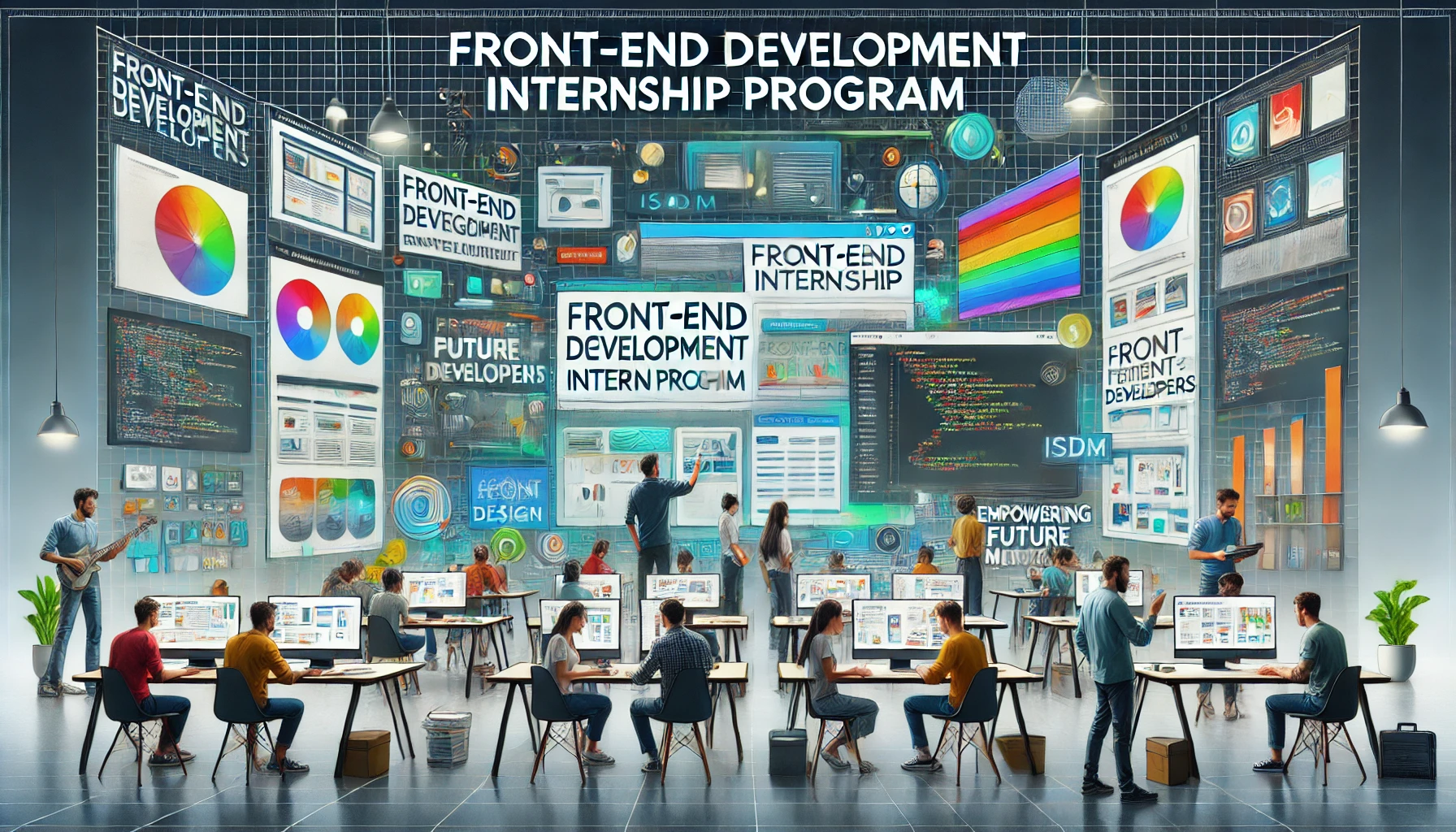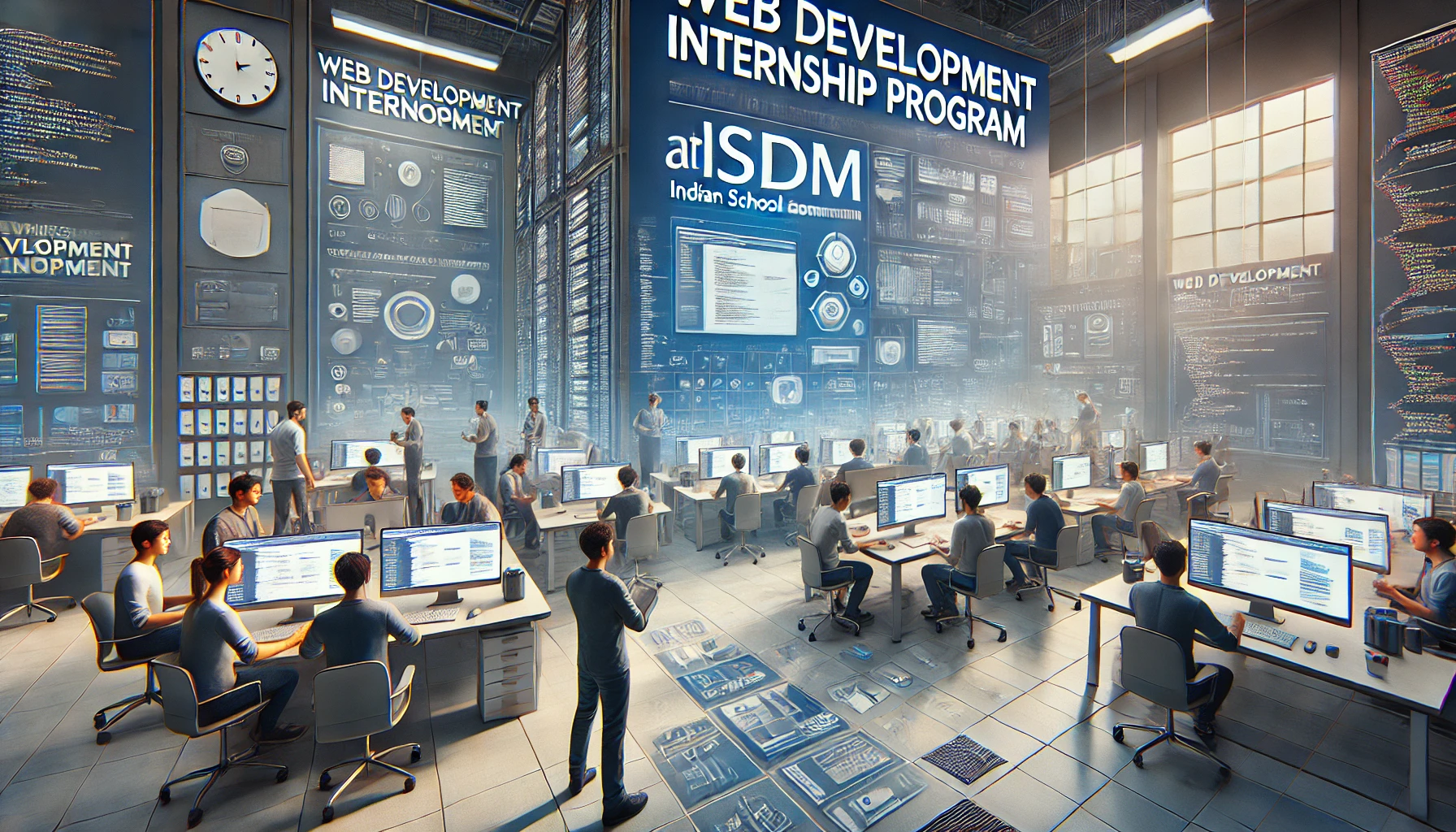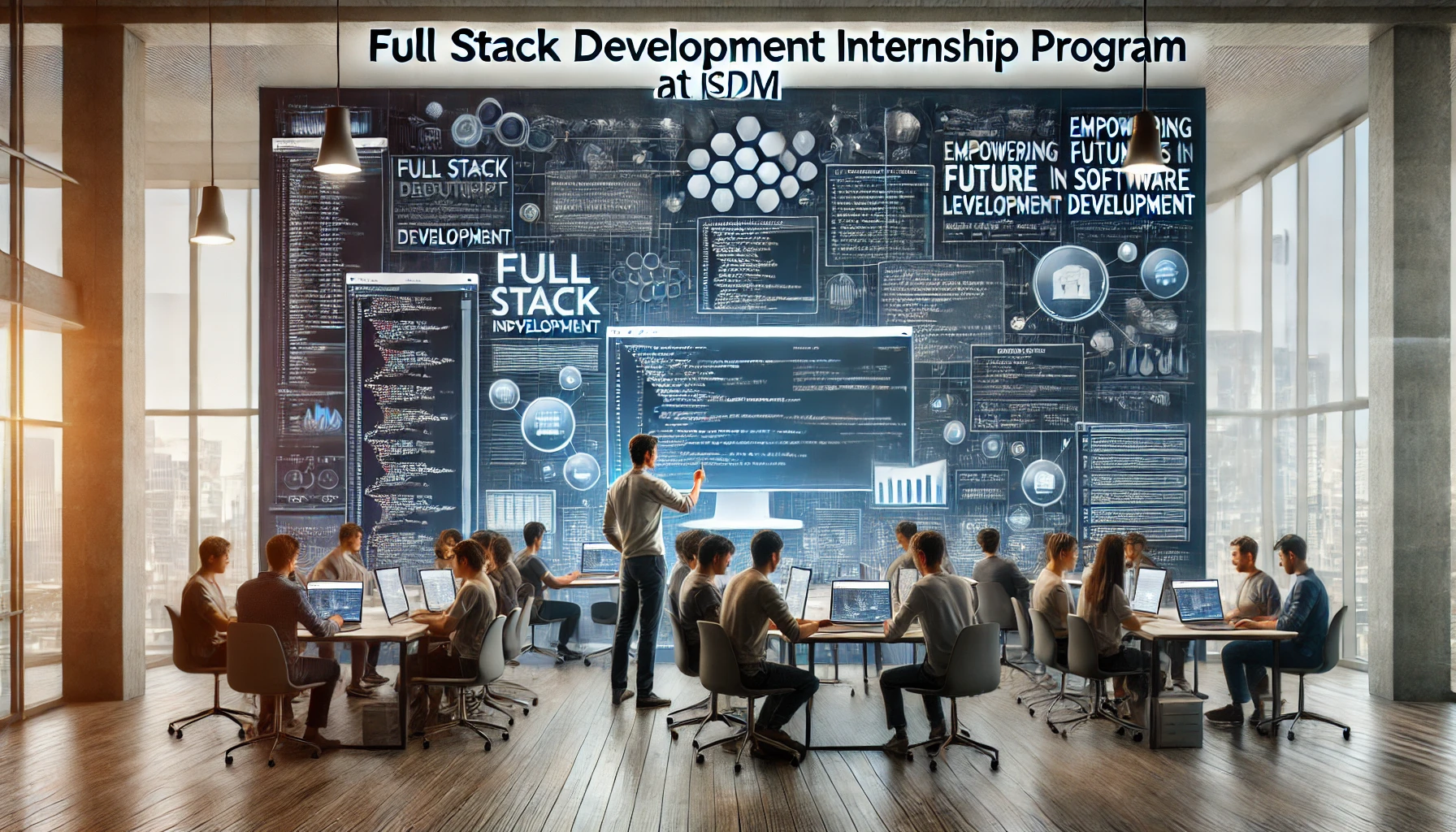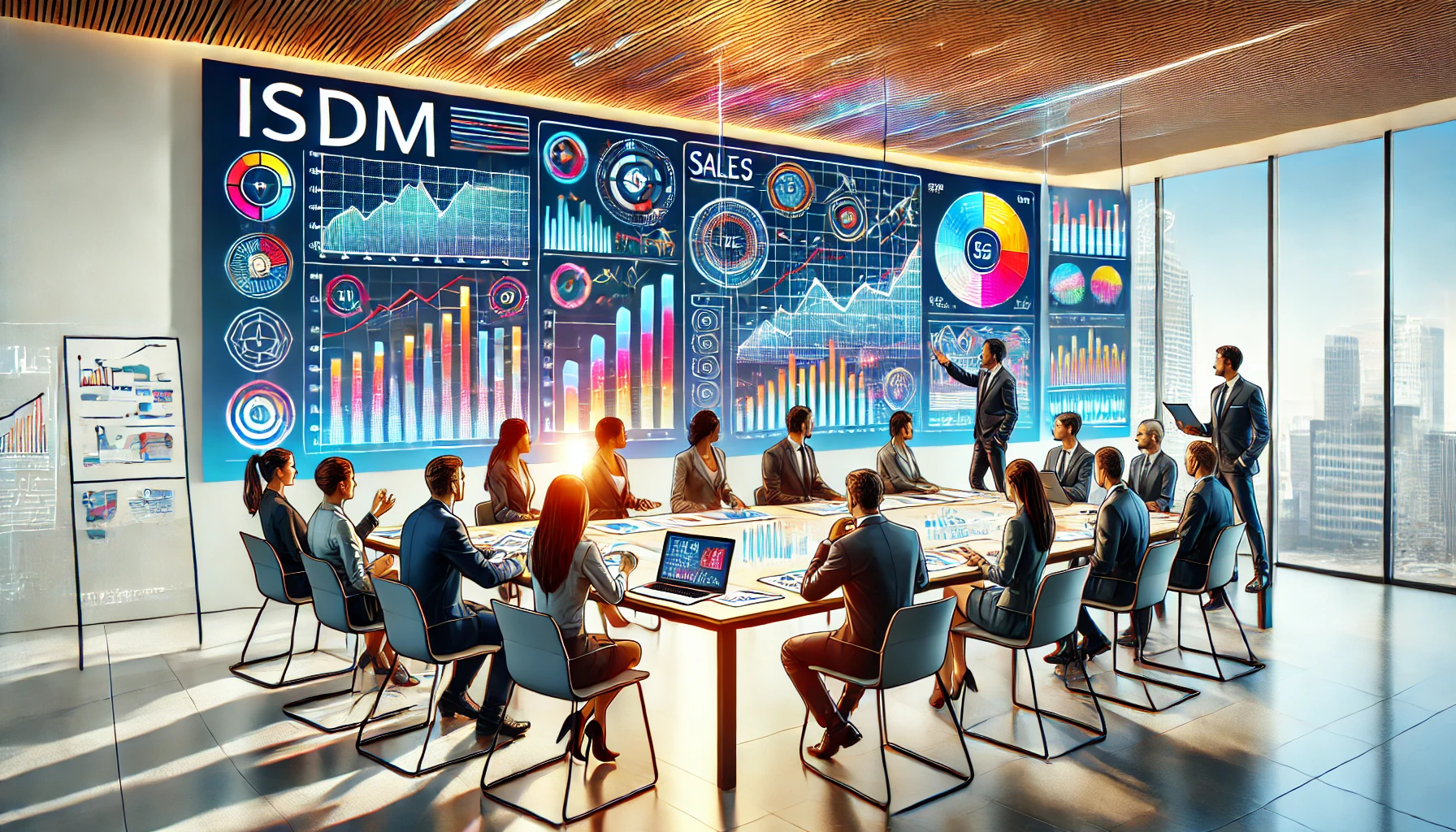Advance Diploma in multimedia Animations
animation course| vfx course| maya animation| 3d animation courses| animation design| vfx and animation course| 2d animation course| animation courses after 12th| animation classes near me| animation in computer graphics| diploma in animation| animation and multimedia courses| animation institute| animation courses near me| bsc in animation and vfx| bsc animation and multimedia| computer graphics and animation| vfx animation course| visual effects course| animation and multimedia| animation study| multimedia animation course| 3d animation classes |
About :Advance Diploma in multimedia Animations
An Advanced Diploma in Multimedia Animations is an intensive program that aims to provide students with advanced skills and knowledge in the field of multimedia and animation. Here’s an overview of what you might expect in such a program:
1. Graphic Design Fundamentals:
- Principles of graphic design.
- Proficiency in graphic design software such as Adobe Photoshop and Illustrator.
2. Animation Techniques:
- Advanced animation principles, including timing, spacing, and anticipation.
- In-depth study of the animation production pipeline.
3. 2D Animation:
- Techniques for 2D animation.
- Character design and animation using industry-standard software.
4. 3D Animation:
- Introduction to 3D animation concepts.
- Hands-on experience with 3D modeling and animation software like Blender or Maya.
5. Multimedia Authoring:
- Using multimedia authoring tools for interactive content creation.
- Development of multimedia applications and presentations.
6. Video Editing and Post-Production:
- Advanced video editing techniques.
- Post-production processes, including special effects and color grading.
7. Web Design and Development:
- Principles of web design.
- Creating multimedia-rich and interactive websites.
8. Interactive Media Design:
- Developing interactive multimedia content.
- User interface (UI) and user experience (UX) design principles.
9. Audio Production:
- Basics of audio recording and editing.
- Integration of sound and music into multimedia projects.
10. Virtual Reality (VR) and Augmented Reality (AR): – Introduction to VR and AR concepts. – Creating multimedia content for immersive experiences.
11. Motion Graphics and Visual Effects: – Creating dynamic motion graphics for videos and presentations. – Integration of visual effects to enhance multimedia content.
12. Project Management for Multimedia: – Managing multimedia projects from concept to completion. – Collaboration within multimedia production teams.
13. Portfolio Development: – Building a comprehensive portfolio showcasing advanced multimedia and animation projects. – Highlighting technical proficiency and creativity.
14. Industry Standards and Best Practices: – Adhering to industry standards in multimedia and animation production. – Best practices in workflow, collaboration, and project delivery.
15. Emerging Technologies in Multimedia: – Exploration of emerging technologies influencing multimedia production. – Integration of cutting-edge tools and techniques.
16. Practical Application and Projects: – Hands-on projects that apply learned concepts. – Real-world scenarios and simulations to enhance practical skills.
17. Legal and Ethical Considerations: – Understanding legal and ethical aspects of multimedia production. – Compliance with copyright and intellectual property laws.
18. Professional Development: – Preparation for a career in multimedia and animation. – Networking opportunities, career guidance, and industry insights.
19. Internship or Work Experience: – Some programs may include an internship or work experience component for practical exposure.
Advance Diploma in multimedia Animations
1. Graphic Design Fundamentals:
- Introduction to graphic design principles.
- Color theory, typography, and layout design.
2. Animation Techniques:
- Advanced animation principles: timing, spacing, squash and stretch.
- Understanding the animation production pipeline.
3. 2D Animation:
- Techniques for 2D animation using industry-standard software.
- Character design and animation principles.
4. 3D Animation:
- Introduction to 3D animation concepts and software.
- 3D modeling, rigging, and animation techniques.
5. Multimedia Authoring:
- Using multimedia authoring tools for interactive content.
- Development of multimedia applications and presentations.
6. Video Editing and Post-Production:
- Advanced video editing techniques using software like Adobe Premiere or Final Cut Pro.
- Post-production processes, special effects, and color grading.
7. Web Design and Development:
- Principles of web design and development.
- Creating multimedia-rich and interactive websites.
8. Interactive Media Design:
- Developing interactive multimedia content for various platforms.
- User interface (UI) and user experience (UX) design principles.
9. Audio Production:
- Basics of audio recording, editing, and mixing.
- Integration of sound and music into multimedia projects.
10. Virtual Reality (VR) and Augmented Reality (AR): – Introduction to VR and AR concepts. – Creating multimedia content for immersive experiences.
11. Motion Graphics and Visual Effects: – Creating dynamic motion graphics for videos and presentations. – Integration of visual effects to enhance multimedia content.
12. Project Management for Multimedia: – Managing multimedia projects from concept to completion. – Collaboration within multimedia production teams.
13. Portfolio Development: – Building a comprehensive portfolio showcasing advanced multimedia and animation projects. – Presentation of individual and group projects.
14. Industry Standards and Best Practices: – Adhering to industry standards in multimedia and animation production. – Best practices in workflow, collaboration, and project delivery.
15. Emerging Technologies in Multimedia: – Exploration of emerging technologies influencing multimedia production. – Integration of cutting-edge tools and techniques.
16. Practical Application and Projects: – Hands-on projects applying learned concepts. – Real-world scenarios, simulations, and practical exercises.
17. Legal and Ethical Considerations: – Understanding legal and ethical aspects of multimedia production. – Compliance with copyright and intellectual property laws.
18. Professional Development: – Preparation for a career in multimedia and animation. – Networking opportunities, career guidance, and industry insights.
Practical / Theory Ratio
Carrer options in :Diploma in multimedia Animations
Completing a Diploma in Multimedia Animations can open up various career options in the dynamic and creative field of multimedia and animation. Here are some potential career paths:
2D Animator:
- Create animated content using 2D animation techniques.
- Work on cartoons, commercials, and online content.
3D Animator:
- Specialize in three-dimensional animation for films, games, and virtual reality.
- Use software like Maya, Blender, or 3ds Max.
Graphic Designer:
- Design visual elements for print, web, and multimedia projects.
- Work on branding, advertising, and promotional materials.
Multimedia Developer:
- Develop multimedia content for websites and applications.
- Combine graphics, animation, and interactive elements.
Motion Graphics Designer:
- Create dynamic motion graphics for videos and presentations.
- Utilize animation and visual effects for storytelling.
Video Editor:
- Edit and assemble video footage for various projects.
- Add effects, transitions, and audio elements.
Web Designer:
- Design visually appealing and interactive websites.
- Integrate multimedia elements into web layouts.
UI/UX Designer:
- Focus on user interface and user experience design.
- Create engaging and user-friendly digital interfaces.
Game Animator:
- Work in the gaming industry creating animations for characters and environments.
- Collaborate with game designers and developers.
Interactive Media Designer:
- Develop interactive media content for educational or entertainment purposes.
- Create engaging and immersive experiences.
Digital Marketing Animator:
- Create animated content for digital marketing campaigns.
- Work with marketing teams to enhance visual storytelling.
Storyboard Artist:
- Illustrate and plan the sequence of shots for animations or films.
- Provide a visual guide for the production team.
Educator/Trainer:
- Teach animation and multimedia courses at educational institutions.
- Conduct workshops or training sessions.
Content Creator for Social Media:
- Produce animated content for social media platforms.
- Engage audiences through visually appealing content.
Visual Effects (VFX) Artist:
- Create visual effects for films, TV shows, or advertisements.
- Work on enhancing or altering live-action footage.
E-learning Content Developer:
- Develop animated content for online courses and e-learning platforms.
- Combine multimedia elements for educational purposes.
Digital Illustrator:
- Create digital illustrations for various purposes.
- Work on book covers, magazines, or digital art projects.
Freelance Animator/Designer:
- Work independently on a project basis.
Course Fee : :Diploma in multimedia Animations
₹ 15,000 – ₹18,000
Find Course Fee
in your City !
More Enquiry
Enter your
Details
Also Read
Internship: Front-End Development Internship Program
Introduction to Front-End Development Internship Program The Front-End Development Internship Program is designed to equip…
Internship: Web Development Internship Program
The Web Development Internship Program is designed to equip students with hands-on experience in building…
Internship: Full Stack Development Internship
Duration: 30 Working Days Includes: Practical Sessions, Live Projects, Certificate and Report Week 1: Introduction…
Internship: Executive Management Internship Program:
Week 1: Foundations of Executive Leadership Day 1: Program Orientation & Introduction to Executive Management…











